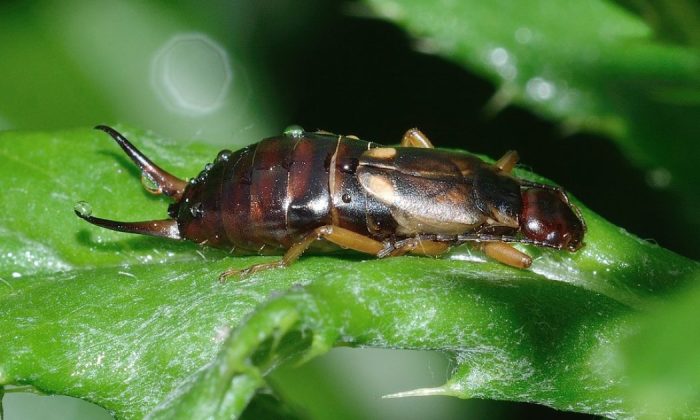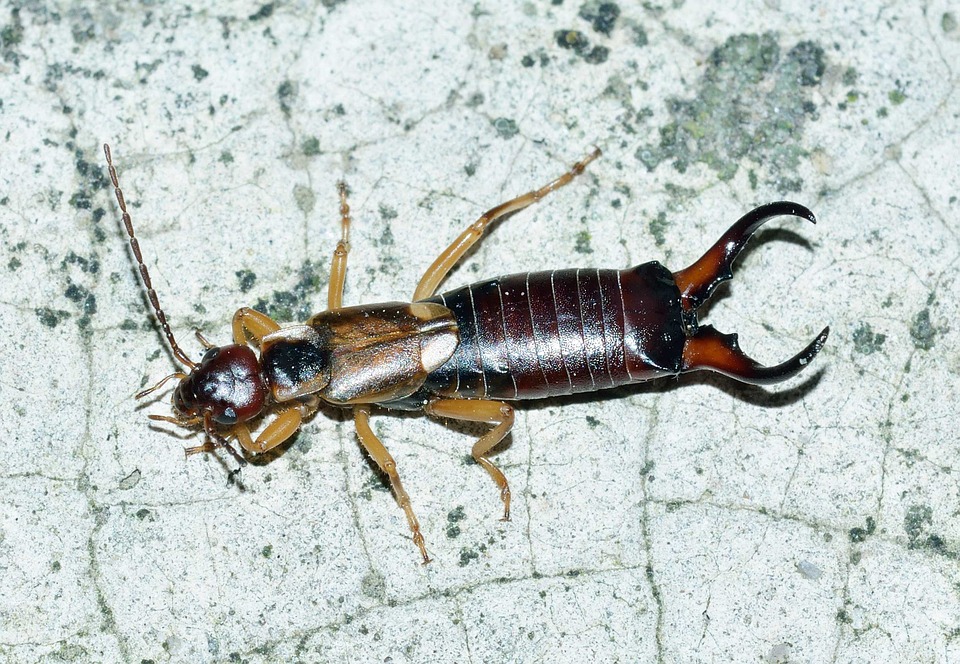Gardening is more than growing plants

We all know the common earwig (Forficula auricularia). Even little children can tell this bug immediately thanks to its typical “scissors”. This brownish insect with a slightly flattened body, is a very frequent visitor in our gardens. And if you are taking gardening seriously, you also know that this bug is beneficial. How beneficial? We shall tell you in this article.
Watch your ears!
You may have heard the forceps – the “scissors” on the butt of the earwig, are used by this creature (among other things), to get into your ear and break through your eardrum. Children have been told this since the “day one” and they believe it, but not only that – many adults believe this myth too. Well, it is not true and no such case has ever been recorded! Despite this, the name of this creature in various languages is associated with ears. The English call it “earwig”, the Germans “Ohrwurm” and the Russians “uchovrtka”. Why is that?
Photo: Pixabay
Earwig can fly
Few people know that earwig can fly. It uses its ticks to unfold its wing cases where it hides its wings. The reason why we see earwigs on the ground most of the time has a very simple explanation: this bug simply prefers walking to flying. Basically, it doesn’t even need to fly if it lives close to humans. Living close to humans satisfies all its needs.
A pest or helpful friend?
We mostly consider these bugs pests. They are omnivores and feast on various parts of plants – from leaves to petals and roots. When overgrown, it can really cause damage to your garden and naturally, any gardener would freak out, but in addition to plants it also feeds on insects – which makes it a very useful animal. Especially, if you want to get rid of aphids. Earwig loves their eggs and feats on fully grown aphids too.
How to make earwigs eat aphids
In order to make use of this bug and make them eat aphids and other harmful insects rather than plant food you need to persuade it to do so… and you can do that. Earwigs love dark and slightly damp places so you have to take advantage of this. Create a portable home for earwigs and then transfer them where you have aphids – near the plants that suffer from aphid attack. This is how you make a portable home. Put straw/hay in a clay pot and secure it inside with a wire. We pushed the wire through the hole at the bottom of the flower pot and hang the flower pot is upside down. Make sure that its edge touches the branches of the plant or tree where earwigs live. It should not be long before this home is inhabited by earwigs allowing you to transport them where you need to do their night aphid hunting.
Preview photo: Pixabay

Gardening is my hobby, I have a lot of experience and I am happy to share it.









0 comments